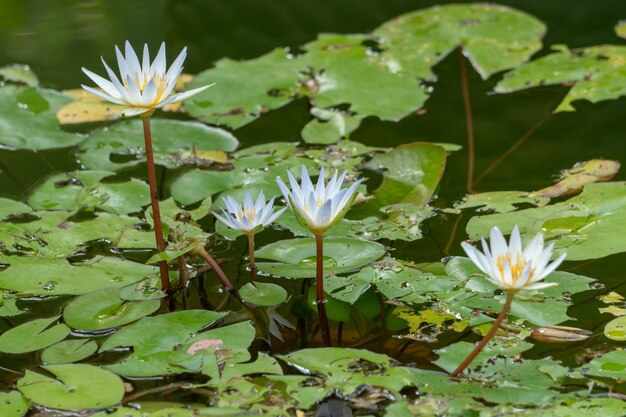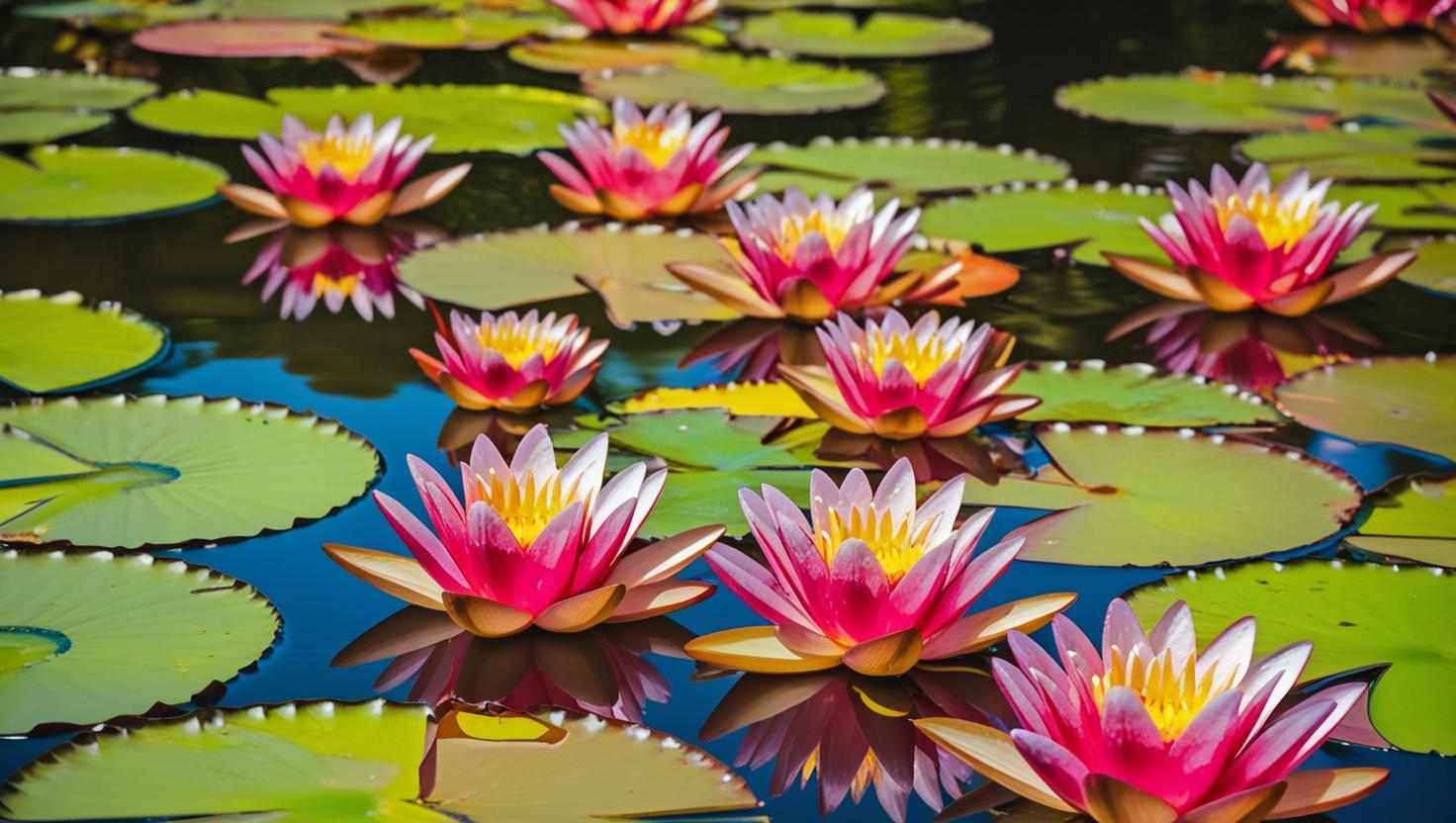
The white spider lily flower will usually trigger one with its dramatic beauty and subtle aroma. Its exotic beauty and light texture tempt flower hobbyists and gardeners in the US. Many people also know it by the name Hymenocallis. It actually refers to the same plant and thrives in warm and moist regions. It has the tendency to flower in late summer. It also makes a good choice as a decorative garden due to its looks.
Unraveling the Confusion
It is not hard to see why the white spider lily causes nomenclatural confusion. It is a genus of Hymenocallis plants and has about 60 species of perennial bulbous plants. Hymenocallis has the common name of white spider lily. Both terms are used to denote the same plant with varying uses in horticulture and in the field of science.
The Structure Behind the Name
The most notable feature of this flower is the strange petal form. Curved and long petals extend outward in a leg-like manner, giving the bloom a spider-like look. The inside is typically a white and unspotted cup. The bloom is easily seen above green leaves. This is why the white spider lily bloom is so in demand for planting in ornamental water gardens.
Growth Habits and Environment
It grows well in heat and humidity and grows best in USDA zones 8 to 11. It needs full to partial sunlight and thrives well around water bodies, marshes or lowlands. According to surveys of gardeners, over 40 percent of gardeners in southern US states have at least one Hymenocallis species in their landscape.
Seasonal Behavior and Bloom Time
Most of the species of Hymenocallis bloom during summer with flowers that last four weeks. Unlike some of the other decorative lilies that require cooler climates, it is more heat tolerant. Once established, it requires very little care in the form of watering and fertilizing occasionally.
Uses in Landscape Design
The presence of a white spider lily in the garden can revolutionize the overall appearance of a pond or walkway. It is enhanced by its dramatic look with ferns, ornamental grasses and other aquatic blooms. It is planted by most gardeners as a focal point or to fill gaps in shady or wet land.
Symbolism and Cultural Value
The flower is typically associated with renewal and innocence due to its clean white hue and sleek profile. In certain societies, it is grown during festivals or ceremonies as a symbol of hope and favor. It is also a deserving present for plant lovers due to its low maintenance and long-lasting flowering season.
Conclusion
Even though we call the same plant white spider lily flower and hymenocallis, knowing the differences between common names and scientific names will advance your horticulture learning. Both refer to a plant that is both beautiful and useful in most landscape designs.
For detailed information, cultivation tips, and chosen collections of plants, Saiwc continues to be a leading resource for hobbyists embarking on aquatic and ornamental plant life.
















Write a comment ...